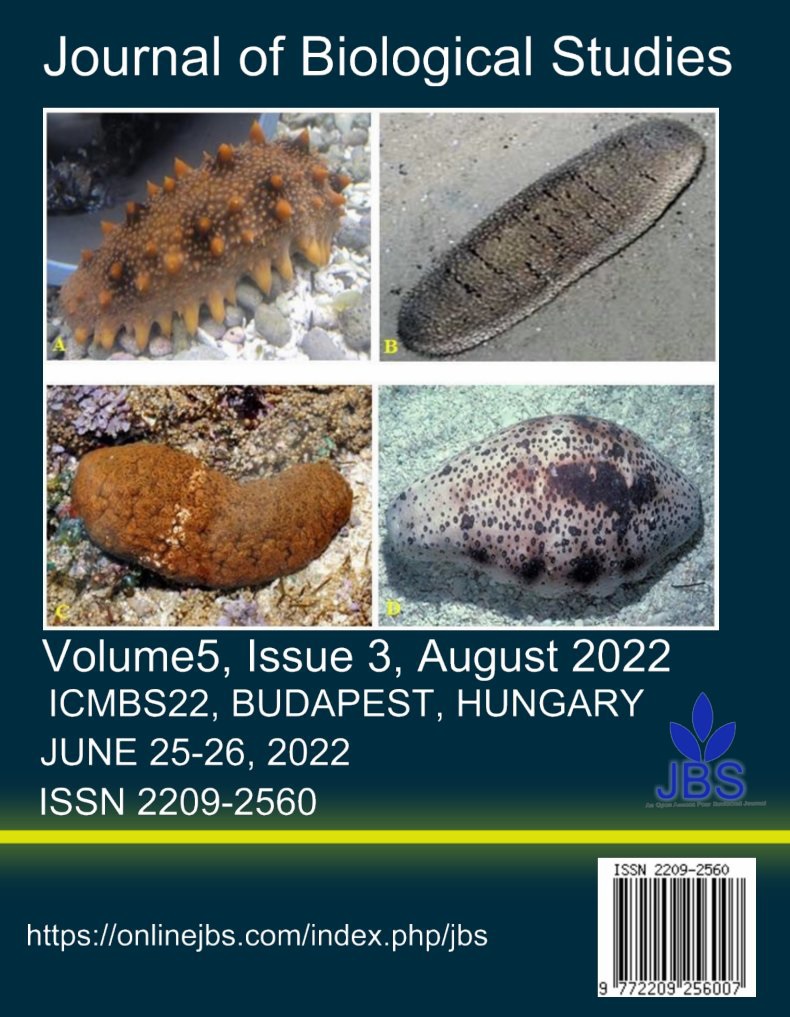Healing effect of decellularized human placenta and gelatin hydrogel on diabetic wound in animal model
Main Article Content
Abstract
Diabetic skin wounds are the most critical clinical issues that are mostly resistant to usual treatments and healing methods. The aim of this study was to investigate the healing effect of decellularized human placenta and gelatin hydrogel on the diabetic wound in an animal model. Dorsal-paired 8–10 mm diameter wounds were created in the male Wistar diabetic rats. The rats were divided into control untreated group and groups treated with gelatin, decellularized placenta, and “decellularized placenta + gelatin”. Macroscopic examination and wound area measurement were applied on days 0, 7, 14 and 21 days after treatment to evaluate wound healing. The data were analyzed using ANOVA. Wound area significantly decreased 7 days after treatment in gelatin, decellularized placenta and “decellularized placenta + gelatin” treated rats compared to control animals, however, there was no significant difference in wound area between gelatin, decellularized placenta and “decellularized placenta + gelatin” groups. There was no also significant difference between the groups 14 and 21 days after treatment. Conclusively, our findings show that the decellularized placenta has healing properties on diabetic skin wound comparable to gelatin hydrogel.
Article Details

This work is licensed under a Creative Commons Attribution 4.0 International License.
